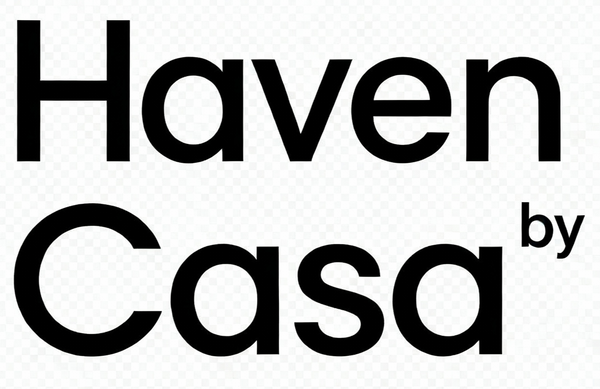
Smart Lighting Revolution Transforms Modern Home Design in 2025
Share
Smart lighting technology is experiencing unprecedented growth in 2025, fundamentally changing how we illuminate and interact with our living spaces. According to industry reports, the global smart lighting market is projected to reach over 30 billion dollars by the end of this year, driven by homeowner demand for energy efficiency and enhanced ambiance control.
The transformation from traditional lighting to intelligent systems represents more than just a technological upgrade. Modern smart lighting fixtures now serve as both functional illumination and architectural features, seamlessly integrating with contemporary interior design while providing unprecedented control over mood and atmosphere.
1. Statement pendant lights lead the charge in 2025 trends, with oversized fixtures becoming focal points above kitchen islands and dining areas. These dramatic pieces combine traditional materials like brass and glass with smart technology, allowing users to adjust brightness, color temperature, and scheduling through smartphone applications.
2. Layered lighting approaches have replaced single ceiling fixtures as homeowners embrace ambient, task, and accent lighting combinations. This sophisticated strategy involves coordinating table lamps, wall sconces, and floor lighting to create versatile environments that adapt to different activities throughout the day.
3. Natural material integration marks a significant trend, with rattan, wood, and linen finishes bringing organic warmth to smart lighting designs. These textures soften modern spaces while housing advanced LED technology and wireless connectivity features.
4. Voice control integration has become standard, with major lighting manufacturers partnering with Amazon Alexa, Google Assistant, and Apple HomeKit platforms. This seamless integration allows users to adjust lighting through simple voice commands, creating hands-free convenience for daily routines.
The aesthetic evolution of smart lighting reflects broader shifts toward minimalist design principles. Leading manufacturers now prioritize clean lines, sophisticated silhouettes, and premium finishes that complement rather than compete with existing decor elements. Matte black and brass continue dominating finish preferences, offering either industrial edge or timeless elegance depending on interior style.
Energy efficiency remains a driving factor in smart lighting adoption, with LED technology achieving remarkable advances in both longevity and light quality. Modern smart bulbs can last up to 25,000 hours while consuming 75 percent less energy than traditional incandescent alternatives, representing significant long-term savings for homeowners.
Installation simplicity has improved dramatically, with many smart lighting systems requiring no additional wiring or professional installation. Plug-and-play solutions allow homeowners to upgrade existing fixtures quickly, making smart lighting accessible to renters and those avoiding major renovations.
The integration of circadian rhythm lighting represents the cutting edge of smart home wellness technology. These systems automatically adjust color temperature throughout the day, supporting natural sleep cycles by providing cooler blue light during morning hours and warmer tones during evening periods.
Professional interior designers increasingly recommend smart lighting as the foundation for comprehensive home automation systems. The versatility of programmable scenes allows spaces to transform from energizing work environments during the day to relaxing entertainment areas during evening hours, all through preset configurations.
Market research indicates that homeowners who invest in smart lighting systems report improved satisfaction with their living spaces and better energy management habits. The combination of convenience, efficiency, and aesthetic enhancement makes intelligent lighting one of the most impactful home upgrades available in 2025.
